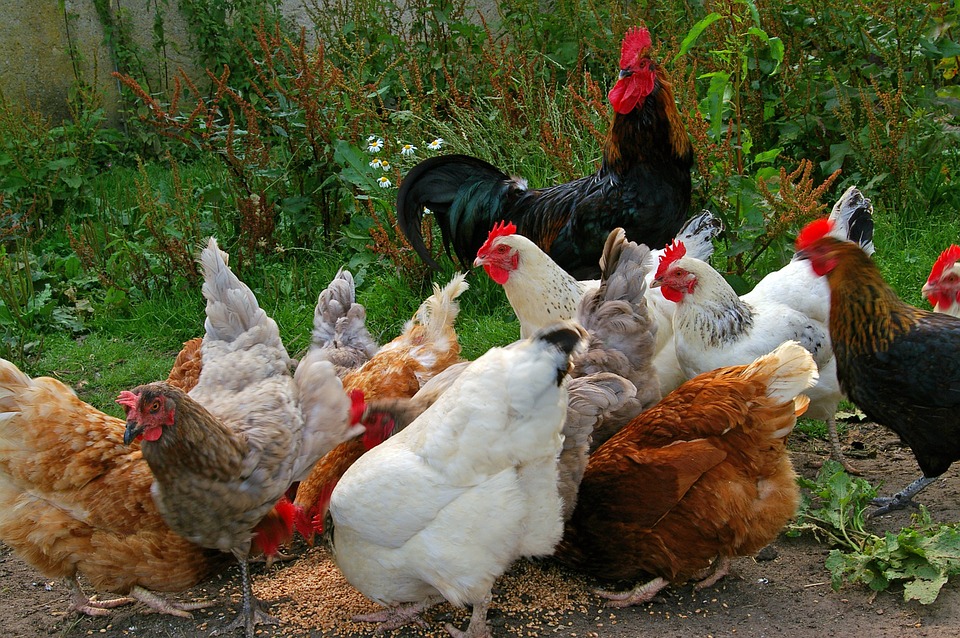The poultry industry is witnessing radical changes. How would small farmers survive?
The small farmers are getting affected because of the high cost of feed, which is 70% of the total cost of production. They should start making their feed, which will help them in increasing their margins


Like many other intensive agriculture sectors, poultry farming is also facing tremendous pressure from different economic factors. The chicken meat import from the United States is threatening the domestic chicken industry. The farmers are stressed that they might lose their market share to cheap imported meat.
There’s no doubt that the United States is producing chicken at a very low cost as compared to India. There are many other issues that are coming up and the industry is struggling to grow, although the domestic demand is on the rise. In such a scenario, many big players of the industry are already looking at diversification to reduce losses. Many have moved abroad, mainly to the African countries, to expand their business.
The big shots would be able to survive, but what about the small farmers? In recent years, especially in the past 3-4 years, the poultry industry has witnessed radical changes, which have transformed the industry, structurally.
The cost of production of chicken or egg has risen sharply due to the high cost of feed. The prices of day-old chick prices have also increased many folds in the past few years. Almost all the small and independent farmers purchase inputs like chicks and feed from big companies and sell ready birds in the market.

These companies make huge profits by selling their products to these farmers. When these chickens become ready for sale, the farmers are forced to sell them at a market price set for that day. These mandi rates are controlled partly by the demand factor and partly by supply from big integrator companies.
These farmers don’t have much say. They don’t have an option but to sell at the market price. Many times, these small, independent farmers are forced to sell at a price that is less than their production cost due to which they end up making losses. Due to the economy of scale, the cost of production of integrators is comparatively quite less as compared to the small farmers.
In such a scenario, the farmers will survive only if they reduce their cost of production because the rates are strictly governed by the demand and supply rules, and not by the cost of production.
The cost of production depends on three things. First is the cost of the chick, which is not in the control of the farmer. Second, the cost of medicines and vaccines. This cost could be reduced by adopting strict biosecurity measures and standard management practices. Third, and most the most important, is the cost of feed — this cost is around 70% of the total cost of production, and a reduction in cost would reduce the cost of production significantly.
This is only possible if farmers start making their feed. By doing so, they would be able to save up to Rs 15 per bird, and this will increase their margins. I know many farmers who are rearing only 5,000 birds, but are using feed made by them. I never heard of them making losses. For broiler farmers, feed-making is the most crucial factor and a key to success.
Dr Ibne Ali is a livestock and poultry consultant and is based in New Delhi
(Views are personal)

